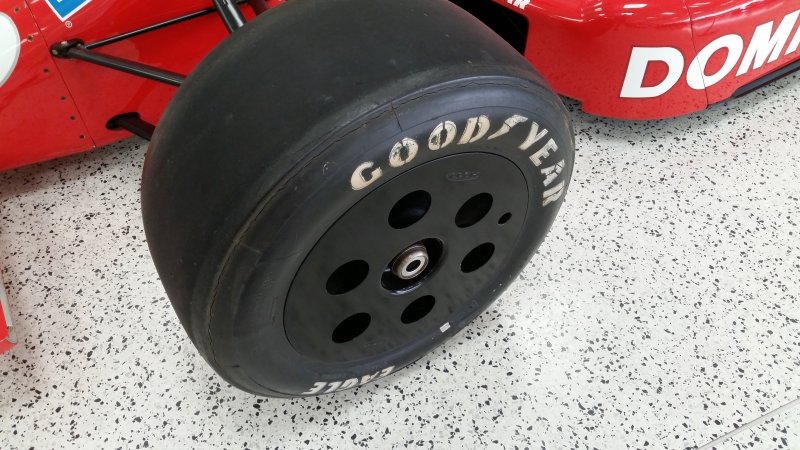Quote:
Originally Posted by woodstock74

Absolutely, there's very little to be learned looking at race cars. There is only one quest in racing, that's downforce. Downforce produces drag.
|
I wouldn't say that at all. Yes, there's one goal in racing, but it's
competitive advantage. And that can take the form of decreased lift or decreased drag, or some combination of the two, and all within a (usually very) narrow set of rules.
Stability is also a primary concern of OEMs making passenger cars and trucks, based on how many pages are devoted to it in the various textbooks I've been reading, and stability is directly influenced by lift. Manufacturers have learned a lot from racing cars, and over the past few decades street car designs have reduced both drag and lift. Something like the Prius, which has C
d 0.24 and overall negative lift was unthinkable in the 80s in a production car. Heck, even modern Ferraris have drag coefficients in the 0.35 range with hundreds of pounds of negative lift at speed.
And there's room for improvement, where race cars still have an edge. Look at the nicely ducted radiator outlet on the 1999 Dallara IRL chassis, for instance:

Or the flattened control arms in the 2017 IndyCar suspension:

Or these wheel discs on the 1990 Lola 500 winner:

There's still lots we can emulate on race cars.